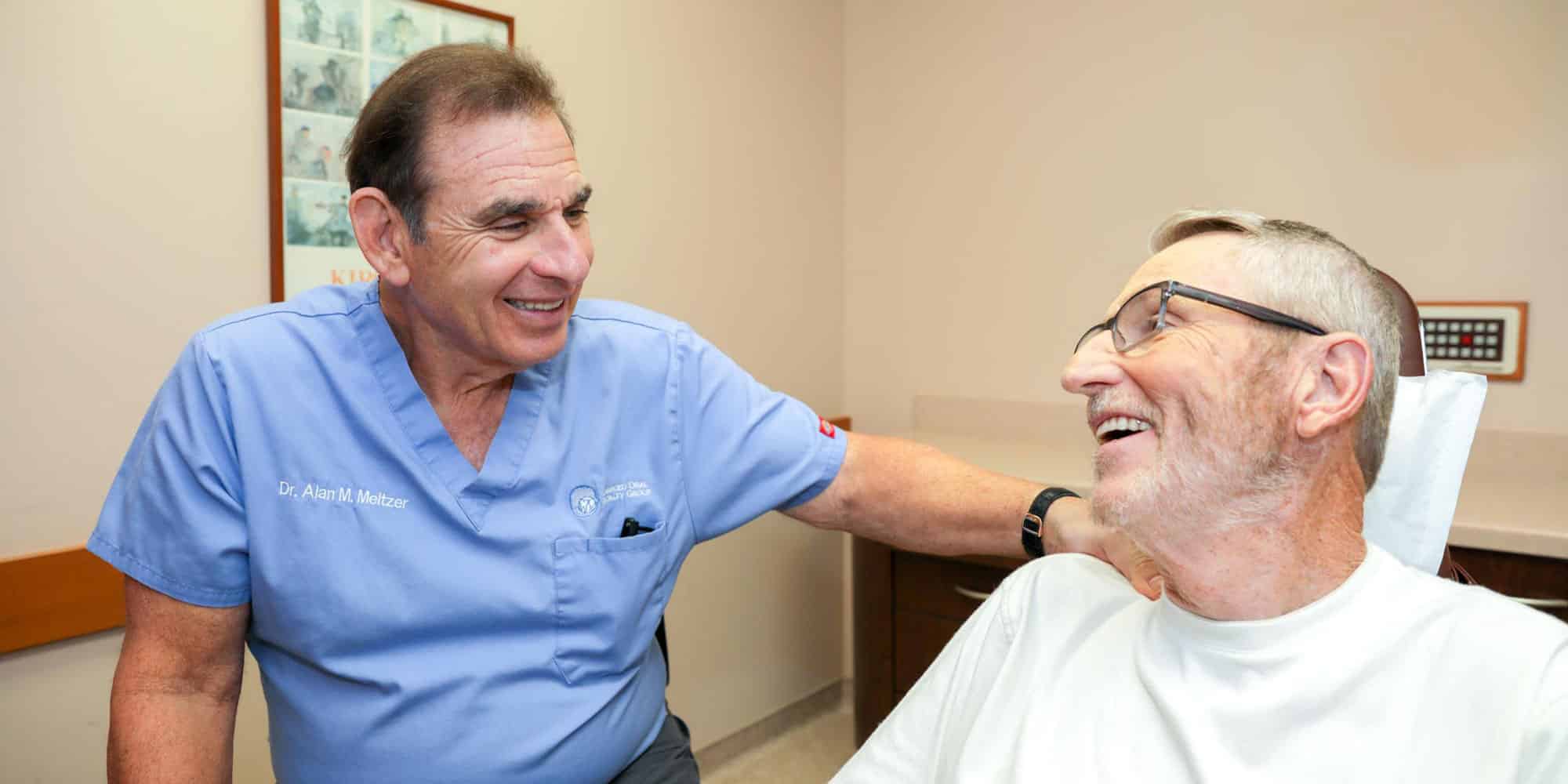
The Importance Of Treating Receding Gums
Treating receding gums is a priority for our periodontists in Voorhees, NJ, because it not only restores your smile and oral health but also prevents further dental complications.
Receding gums gives the appearance of “long teeth” and exposes the sensitive tooth roots, leading to sensitivity to hot or cold foods. This can significantly impact your quality of life.
Moreover, receding gums can be a symptom of underlying dental problems, such as gum disease, which can increase your risk of tooth decay and other oral health issues. By offering specialized gum recession treatments, including surgery if necessary, Advanced Oral Specialty Group aims to provide effective solutions that improve both your oral health and overall well-being.
How Our Periodontists Treat Gum Recession
When your gums recede, root coverage (commonly called gum grafting) is a reconstructive procedure that can prevent further recession and cover the exposed roots. The procedure also helps protect vulnerable roots from decay and greatly improves the appearance of your smile.
Gum grafting can cover the exposed portions of roots, providing additional protection and helping restore your smile. Gum recession treatment may be completed using tissue from:
- the area near the receded area of your gums
- your palate (the roof of your mouth)
- through a minimally invasive alternative called the Pinhole® Surgical Technique
Our board-certified periodontists in Voorhees, NJ, perform traditional gum grafting and the Pinhole technique for our patients depending on your needs.
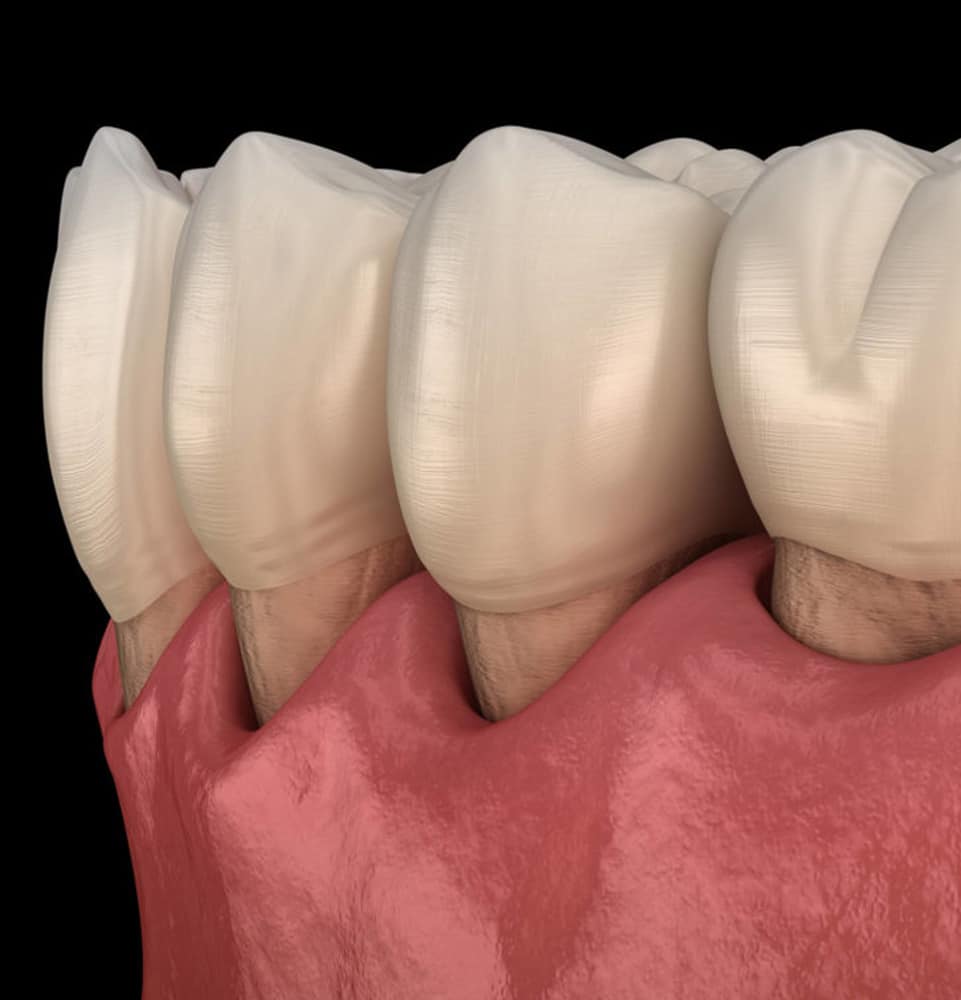
Causes Of Receding Gums
- Gum disease
- Aggressive tooth brushing
- Poor oral hygiene
- Smoking and tobacco use
- Hormonal changes
- Tooth grinding
- Genetics
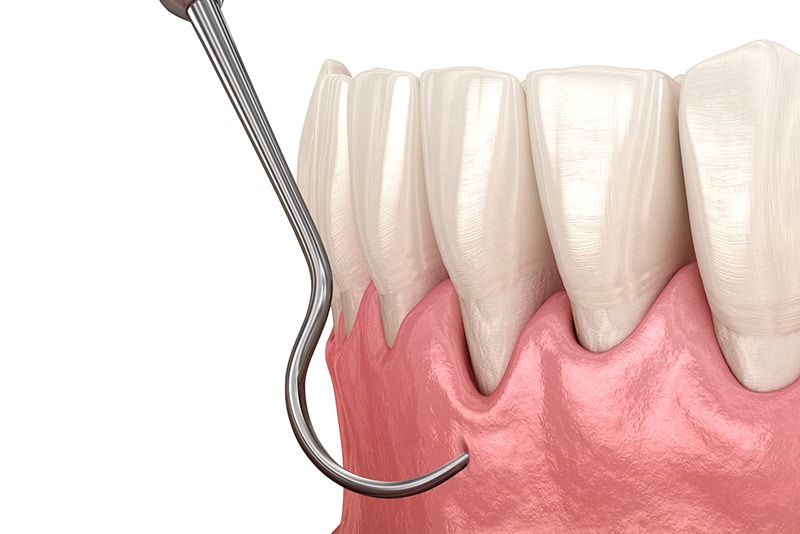
Minimally Invasive Pinhole® Surgical Technique
The Pinhole Surgical Technique (PST™) is the minimally invasive alternative to traditional gum grafting. Following this protocol, we use specialized dental tools to create minute “pinholes” in the soft tissue above the teeth. Next, we gently manipulate the tissue back down over the tooth crowns, then help stabilize and strengthen the existing gums with tiny collagen strips. PST benefits patients by eliminating the need for scalpels, incisions, and sutures, which improves comfort during the procedure and accelerates the healing period. In most cases, this fast and effective treatment produces natural, long-lasting results!
Traditional Gum Grafting With Predictable Results
A less popular, but sometimes necessary, treatment for receding gums is traditional gum grafting. This method requires gum tissue to be taken from the soft palate or a donor source so it can be placed at the site of recession. The new tissue is then secured with sutures to the existing gums. Recovery after traditional gum grafting is often longer than with PST, as the sutured tissues need time to heal and fuse together. You will have to eat a diet of soft, cold foods and use an antibacterial mouthwash to ensure the tissue does not become infected. Once healed, this new tissue is stronger and denser than the original tissue, which improves natural aesthetics and support for the teeth.
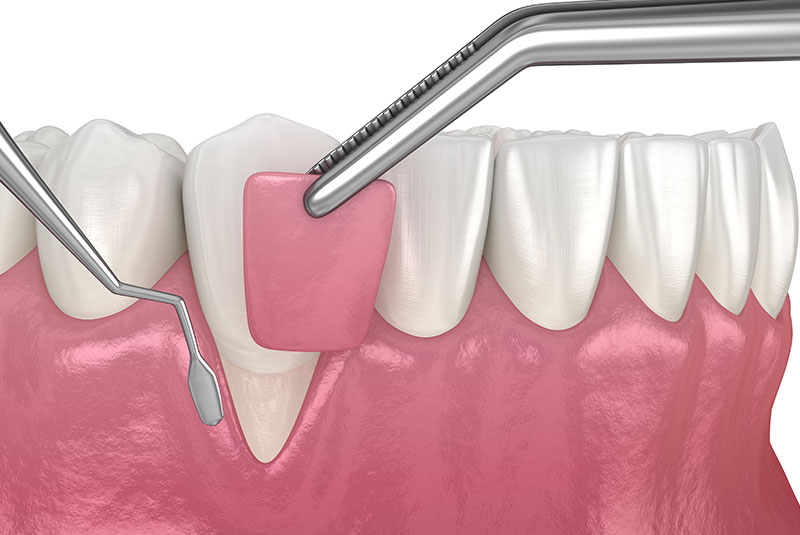
The Symptoms of Gum Recession
Gum recession often presents with noticeable signs and symptoms. Patients may experience tooth sensitivity, particularly to hot or cold temperatures. This is because the exposed tooth roots lack the protection of enamel, making them more sensitive to external stimuli. Other common symptoms include tooth root exposure, gum inflammation, changes in the appearance of the gums (such as a “long tooth” appearance), and tooth discoloration. If you notice any of these signs, you should make an appointment with our South Jersey periodontist, Dr Alan Meltzer DDS to discuss treatment options.
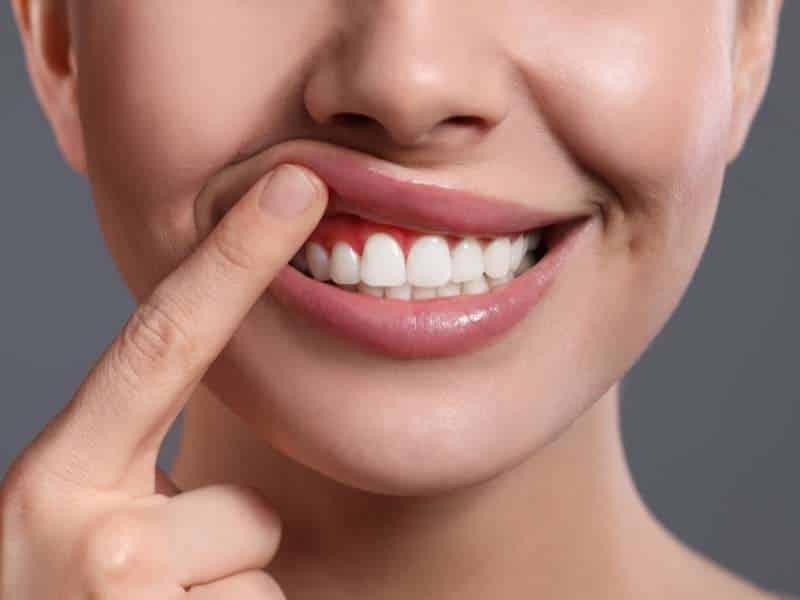
What Happens if You Leave Gum Recession Untreated?
If left untreated, gum recession can lead to various complications that can significantly impact oral health.
- Exposed tooth roots are more susceptible to decay, leading to cavities and potential tooth loss.
- Losing gum tissue also compromises the support structure around the teeth, increasing the risk of tooth mobility and eventual tooth loss. Tooth loss is permanent and the only solution to replacing them permanently is dental implants, which can be costly.
- Untreated gum recession can contribute to the development of gum infections, such as gingivitis and periodontitis, further exacerbating oral health issues.
Post-Treatment Care & Maintenance
After undergoing gum recession treatment, proper post-treatment care and maintenance are crucial for long-term success. You will receive detailed instructions from your periodontist on maintaining good oral hygiene practices, including gentle brushing techniques, proper flossing, and the use of antimicrobial mouth rinses. Regular dental visits for professional cleanings and check-ups are essential to monitor the progress and ensure optimal oral health. Lifestyle changes like quitting smoking and managing conditions like teeth grinding may also be recommended to prevent further gum recession.
Get Expert-Led Gum Recession Treatment in Voorhees, NJ
If you are experiencing symptoms of gum recession or have concerns about the health of your gums, we encourage you to schedule an appointment at Advanced Oral Specialty Group in Voorhees, NJ. Our board-certified periodontists specialize in diagnosing and treating gum recession, offering a range of advanced techniques including traditional gum grafting and the minimally invasive Pinhole Surgical Technique. Our experienced team is committed to providing personalized care, restoring your oral health, and enhancing your smile. Don’t wait – take the first step towards healthier gums by contacting our office today to book your consultation.

